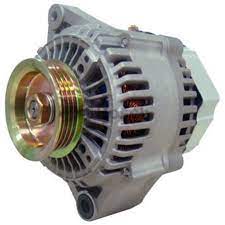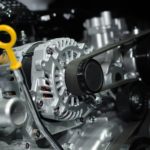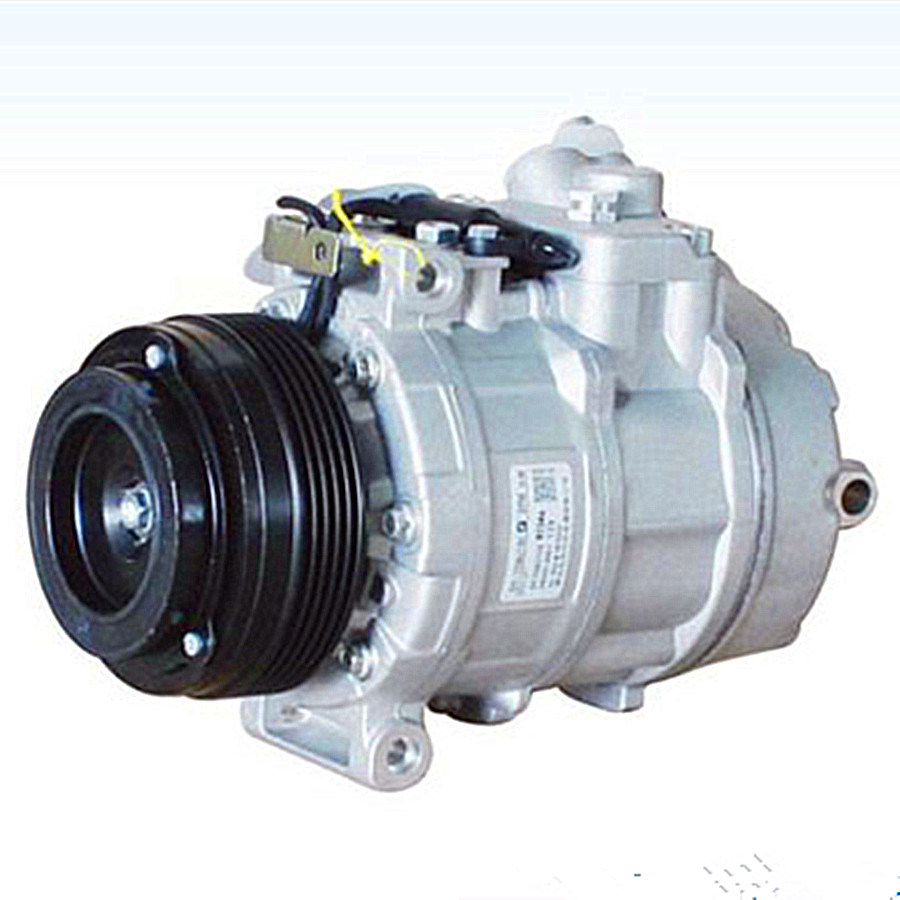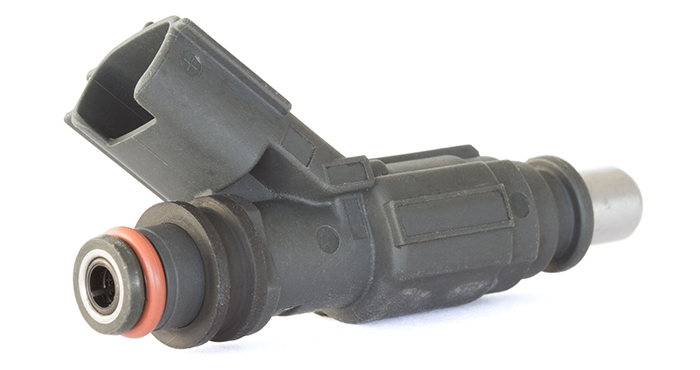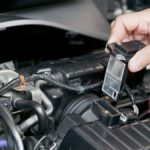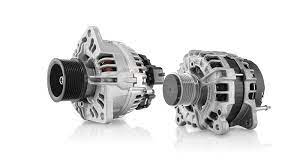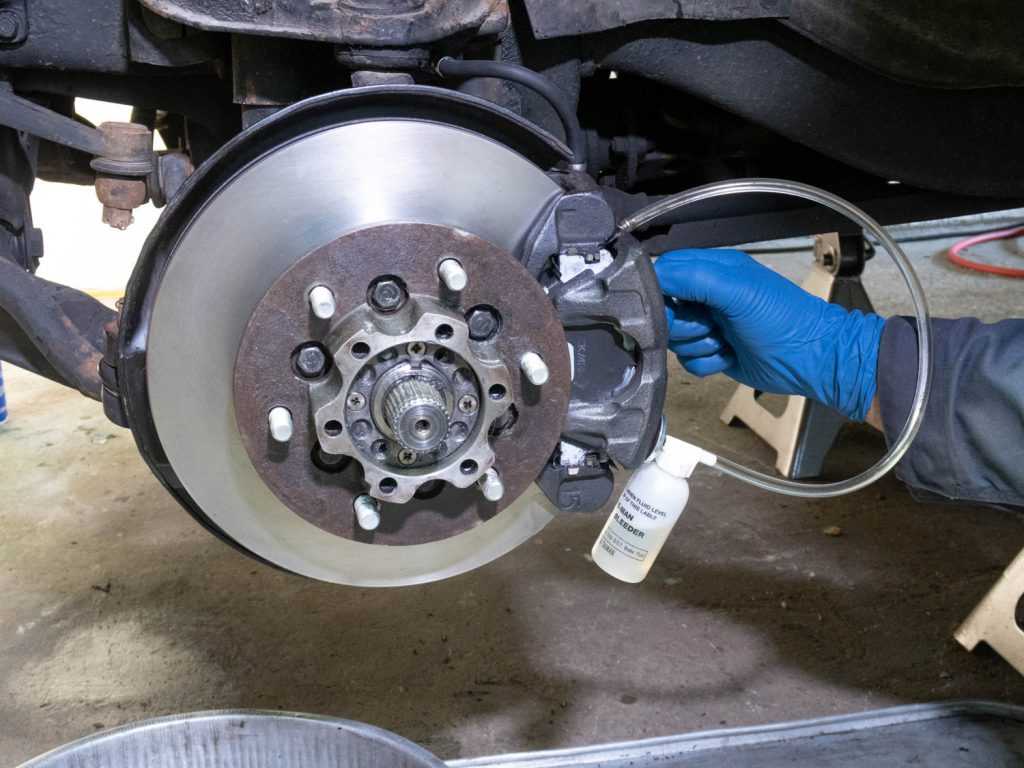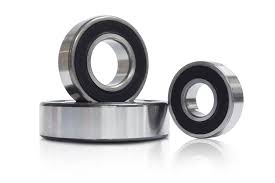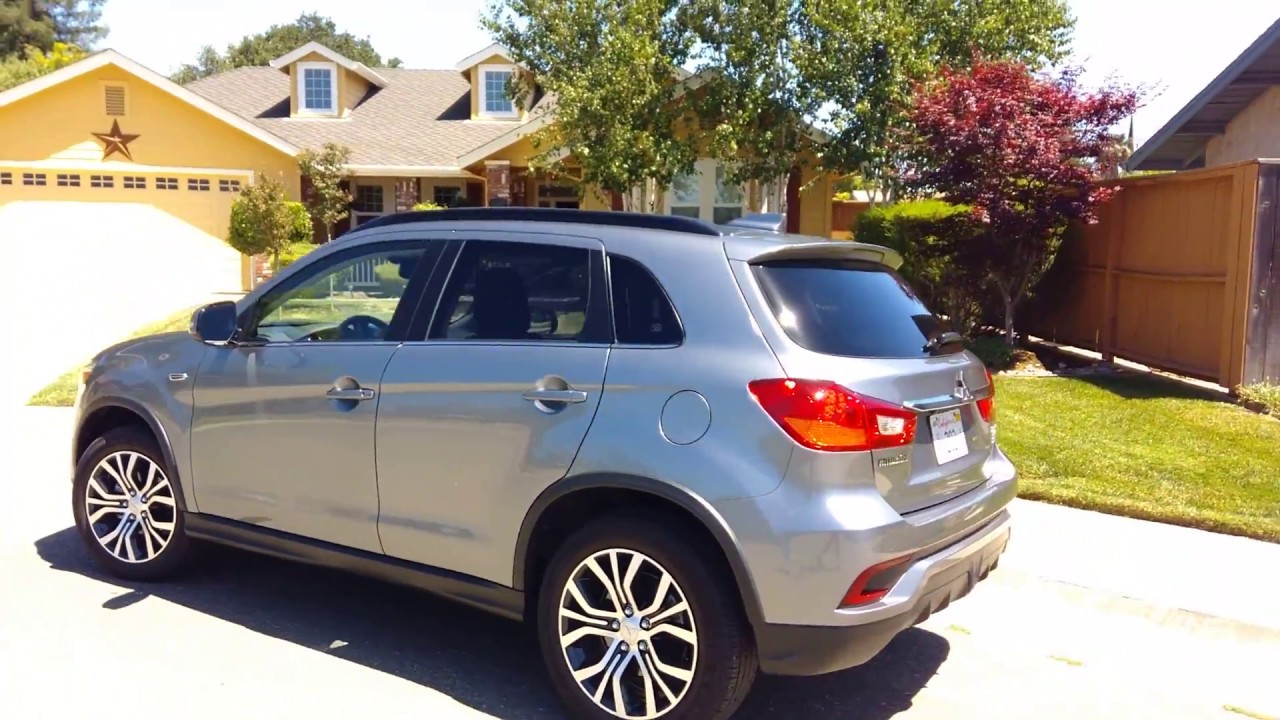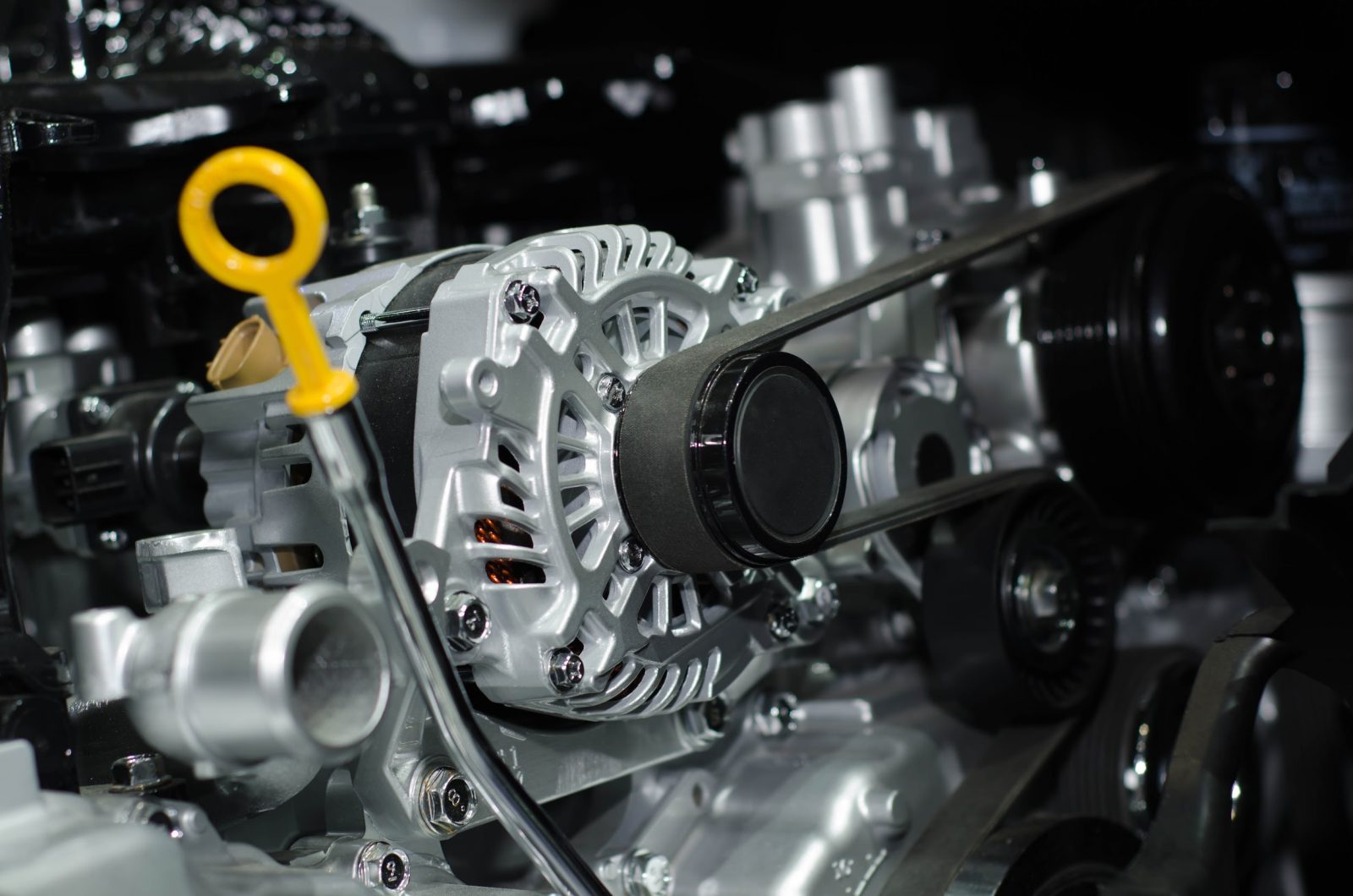 Today, we are going to see the possible signs of a bad alternator, such that when you see these signs, you know your alternator needs attention..
Today, we are going to see the possible signs of a bad alternator, such that when you see these signs, you know your alternator needs attention..
Every component of your vehicle is a vital component of a complex puzzle. The alternator isn’t any different. The alternator is a generator that is essential to your vehicle’s operation. The electrical system in your vehicle will not function properly if the alternator is not operating at maximum capacity. A issue with your car’s electrical system might result in extensive damage and costly repairs and replacements. The charging system in your automobile will not operate if your alternator is damaged or broken.
Read also: How To Change The Power Steering Fluid
Let’s now look at the signs of a bad alternator….
What Are The Signs Of A Bad Alternator?
Dead Battery
A dead battery is sometimes merely a dead battery – it’s reached the end of its life after a few years of use — or you may have left the headlights on all night by accident. A dead battery, on the other hand, could indicate a problem with your alternator.
While the engine is running, a defective alternator will not adequately charge the battery, causing the charge to decrease faster than usual. Jumpstarting the car is one approach to see if the problem is with the battery or the alternator. If you jumpstart your automobile and it continues to run, your battery may need to be replaced. If you jumpstart your car and it dies soon after, it’s possible that your alternator isn’t supplying enough power to the battery.
Very Dim Or Bright Light
When an alternator starts to fail, the voltage to your electronic equipment becomes erratic. Under- or over-performing equipment, such as headlights that are either too dim or excessively brilliant, is a common example. You can also notice flickering lights or lights that go from bright to faint and back again.
Slow Functioning Of Accessories
Slow or non-working accessories are generally the result of an alternator that isn’t giving enough power to your car’s electronics. You may have an alternator problem if your windows take longer than usual to roll up or down, if your seat warmers feel “off,” or if your speedometer and other instruments begin to go haywire.
If the alternator isn’t generating enough electricity, many modern vehicles have a priority list of equipment built into the car that informs the onboard computer where to cut power first. That way, if your alternator fails, you won’t lose power to your radio (or other non-essential devices) before you lose power to your headlights.
Slow Start Of Engine
Trouble starting your engine could indicate that your alternator is failing to charge the battery, as previously stated. This means that instead of hearing your engine purr, you’ll hear a clicking sound when you turn the key in the ignition.
If your car stalls regularly while driving, though, it could be a sign that the spark plugs aren’t receiving enough electricity from the alternator to keep the engine going.
Whining Or Growling Noise
Cars generate a variety of strange noises, some of which are harmless, while others can signify major mechanical issues. You may have alternator difficulties if you hear growling or whining noises coming from under the hood, which should be looked up by a professional as soon as possible.
When the belt that turns the alternator’s pulley becomes misaligned or rubs against the side of the pulley, it makes a growling or whining sound. This sound can also be heard if the bearings that rotate the rotor shaft are worn out.
Battery Warning Light Indicating On Dashboard
When the battery warning light shows on the dashboard, it’s often misinterpreted as a problem with the battery. The battery warning light, on the other hand, warns that there may be a problem with your car’s larger electrical system, which includes the alternator.
Alternators are made to operate at a specified voltage, usually between 13 and 14.5 volts. The voltage of your alternator may drop below capacity if it fails, causing the battery warning light to illuminate on your dashboard. Similarly, depending on how much stress the alternator is under, the battery light will appear if it exceeds its voltage limit.
The battery warning light may flash on and off as the alternator varies in and out of its intended voltage capacity, depending on the electrical load from your car’s accessories (headlights, wipers, radio, etc.). While this may appear to be a little inconvenience, it is preferable to get your car inspected for an alternator than to be stranded on the side of the road.
Read also: Why My Gauges Stopped Working While Driving
Burning Wire Smell
A burning rubber or wire stench could signal that your alternator’s parts are beginning to wear out. Since the alternator’s drive belt is always under tension and friction — and because it’s so near to the hot engine — it can wear out and generate an unpleasant burning rubber odor over time.
Likewise, if your alternator is overworked or has frayed or damaged wires, you may detect a burning stench similar to that of an electrical fire. An overworked alternator tries to pump too much current down its wires, which causes them to overheat and become dangerously hot. Damaged wires also generate resistance to electricity flow, causing the wires to heat up and exude an unpleasant odor.
Loose Or Broken Connections
In this situation, everything with your car’s alternator appears to be in working order — no apparent symptoms of wear or tear — yet the car’s battery, as well as most of the electrical equipment, is dead. That could indicate that the alternator is producing energy, but it isn’t moving or isn’t the correct type.
Large cables and smaller wires carry the electricity from the alternator. Any issues with the wires, cables, or connectors on either end can decrease or prevent the flow of energy. Brighter lights may be a symptom of this problem since the alternator produces more energy to overcome resistance in a defective wire or a damaged or loose connection. This symptom is frequently accompanied by a strong odor of hot wires. Higher resistance within a wire generates heat, much like how an electric stove burner generates heat by resisting the flow of electricity.
Another issue could be the diode rectifier in the alternator. Alternators create three-phase alternating current (AC) power, while the car’s accessories require direct current (DC). The rectifier converts AC current to DC current. The electricity produced by the alternator cannot be used unless that key component is working properly.
These are the common signs of a bad alternator. If you experience any of these signs, we advise that you take your car to a mechanic who will check and fix the issue for you.

